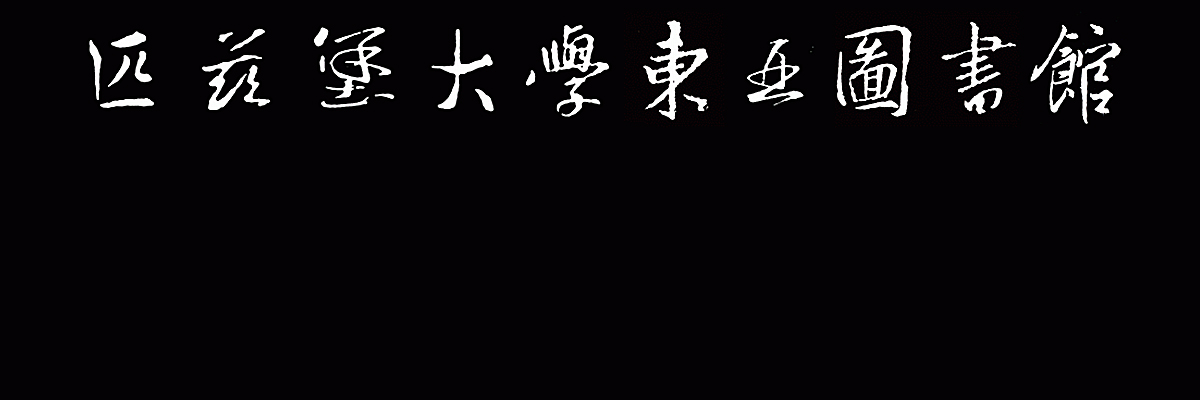
East Asian Library (EAL)
About
The University Library System (ULS) at the University of Pittsburgh (Pitt) established its Chinese collection in 1960 after Pitt was selected as one of the 20 National Defense Education Act centers for Chinese studies. Five years later, the East Asian Library (EAL) was founded to include a Japanese collection as well. The Korean materials were added to the collection beginning in the year 2000. Today, the EAL has become one of the most prominent East Asian collections and ranks 14th in North America.
The Chinese emblem of EAL was written by Wang Xizhi ( 王羲之, AD303-361, also Wang Hsi-chih ). He was a very famous calligrapher and lived in Jin Dynasty. His masterpiece has been studied by generations of students and used as examples to learn and practice the art of calligraphy. We collected the characters he wrote and modified a little bit to create our Chinese logo.
Collections
Chinese Collection
Using comparisons of North American research libraries from the Council on East Asian Libraries (CEAL), the Chinese collection ranks 13th among Chinese collections. There are notable strengths in classics, literature, archeology, Ming-Qing and modern history, art history, Chinese politics, and economics. To respond to increasing research needs concerning contemporary China, the EAL is systematically collecting Chinese yearbooks, statistics, and local gazetteers at the township/village level, enhancing the EAL’s uniqueness among East Asian libraries in North America. Since 2002, with ULS’s support, the EAL has completed digitizing several projects on Chinese humanities to support teaching and research on Chinese studies, achieving remarkable results.
Japanese Collection
The Japanese collection is strong in the pre-modern history of art, religion of the pre-modern and contemporary periods, economic history, medical history, modern literature, history and culture of Japanese movies, linguistics, and pedagogy. One of the most valuable parts of the Japanese Collection is the Mitsui Collection, donated by the Institute for Financial and Economic Research of the former Mitsui Bank. 8,600 volumes, most of which were published before the end of World War II, are cataloged in this collection. The collection falls into the following categories: company history, economic history, economic policy, international economics, local histories, and biographies. The collection includes more than 2,000 volumes of company history. It makes Pitt one of the top three university libraries in North America for holding company books.
Korean Collection
The Korean collection is comparatively new, with vigorous growth in recent years. The collection is strong in core reference materials for Korean studies, Korean economics and politics, history, literature, language, and philosophy. In support of faculty research on North Korean politics and economics, a special effort has been made to acquire North Korean publications through various channels. DVDs of North Korean music, dance, and feature films, as well as documentaries depicting various aspects of North Korean contemporary life and society have been added to the collection.




